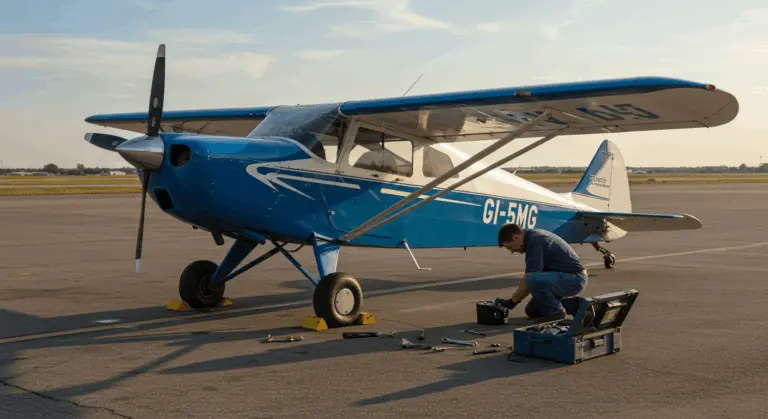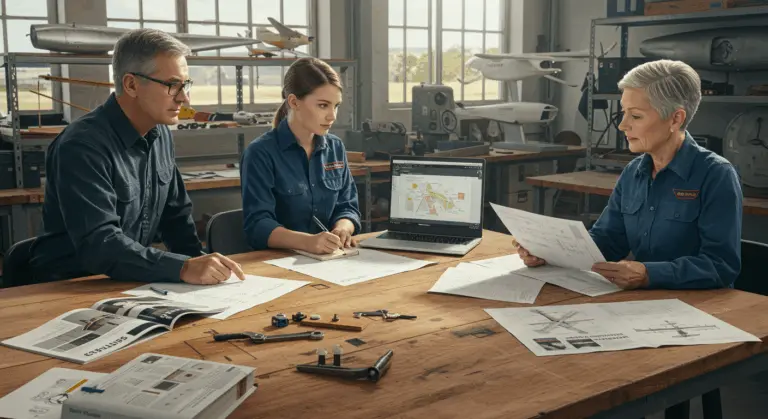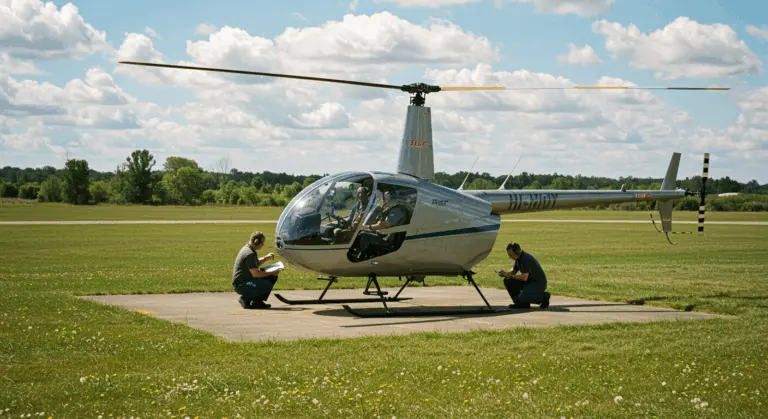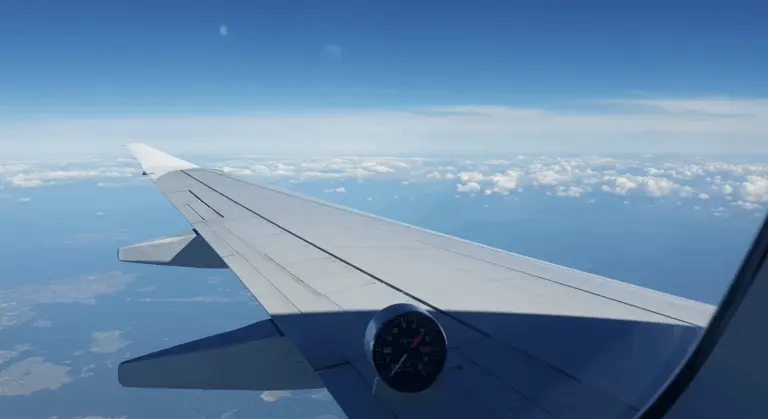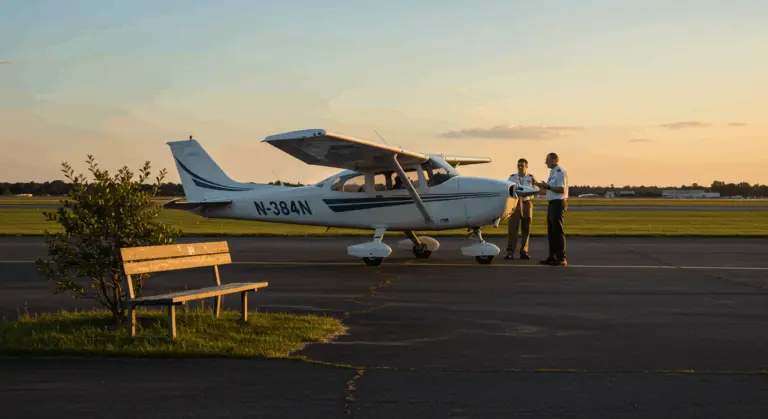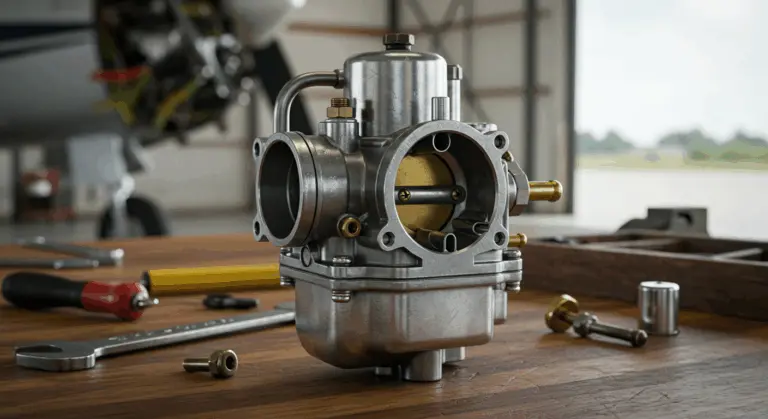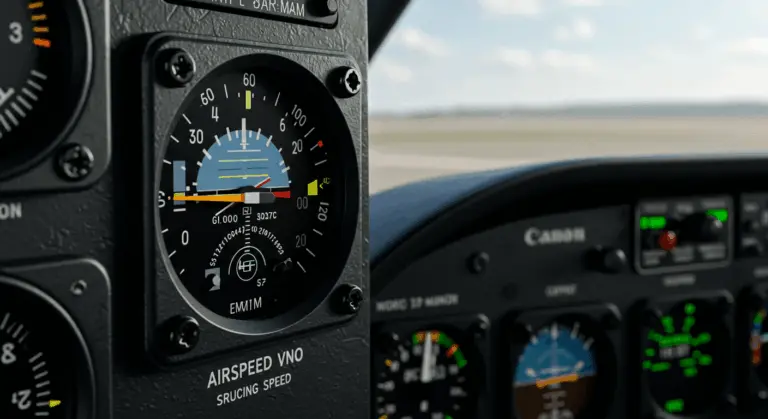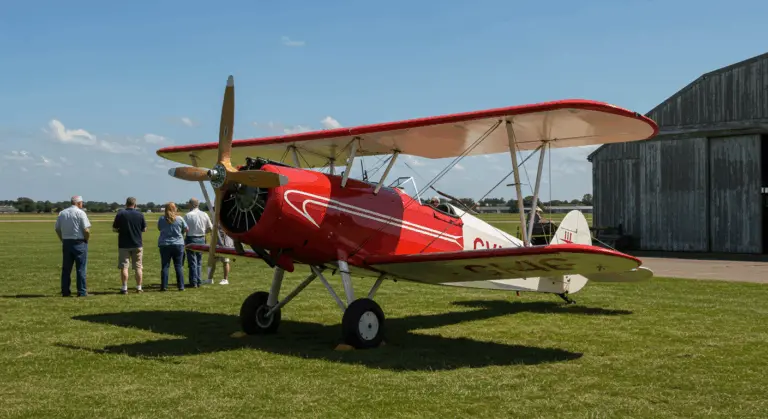Common Problems with the Bellanca Super Viking Aircraft
Pilots transitioning to the Blanca Super Viking often encounter a significant adjustment period due to its unique construction and handling characteristics. The aircraft’s sensitive controls and complex fuel system require careful attention, while its wooden wing structure requires specialized maintenance knowledge that many mechanics lack. This combination creates both the Super Viking’s impressive performance capabilities and its reputation for requiring experienced hands at the controls.

